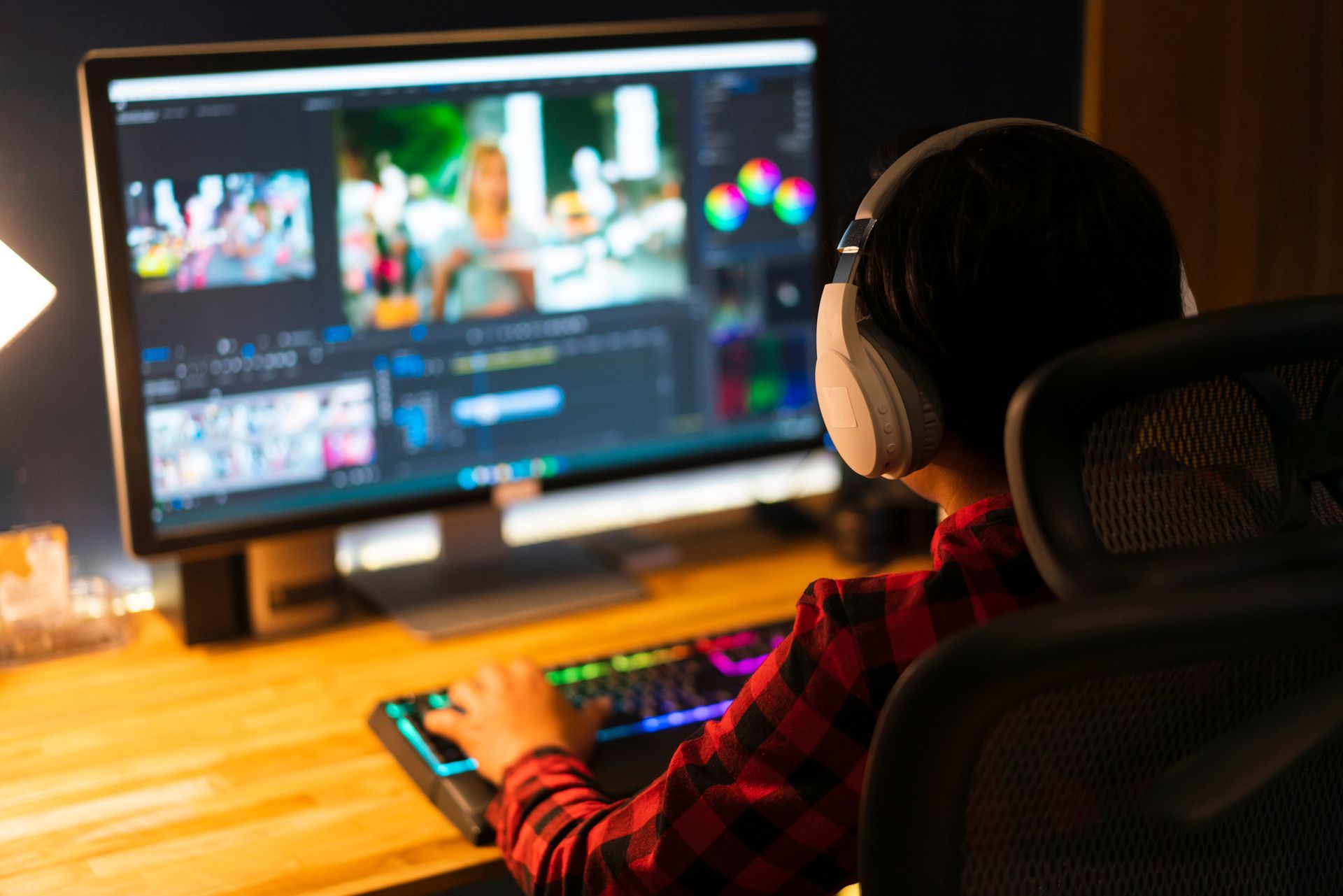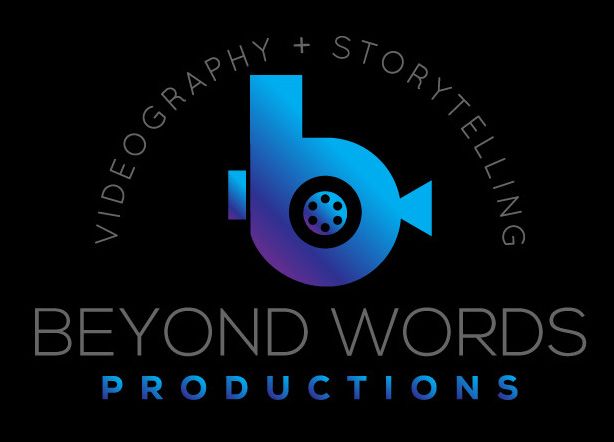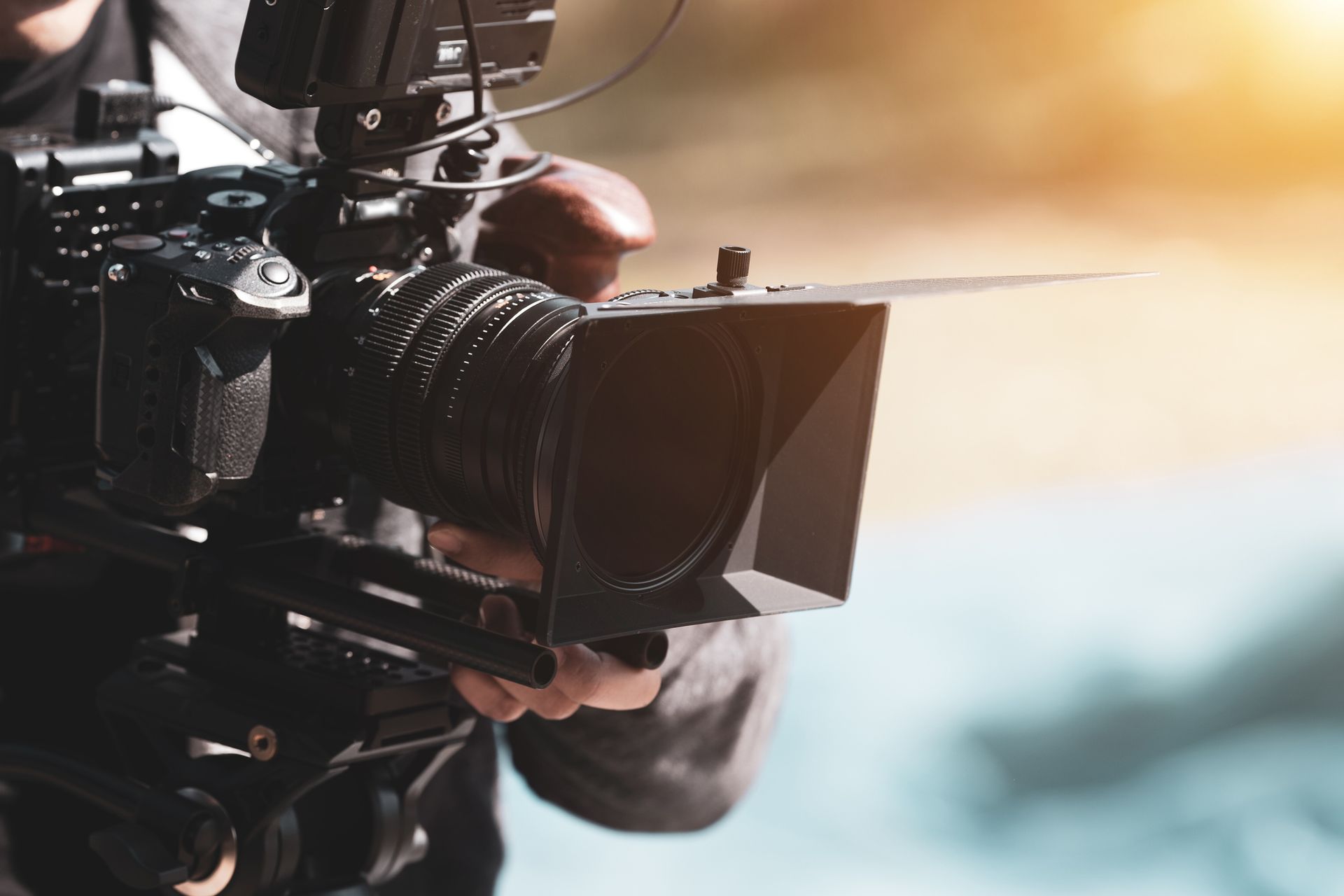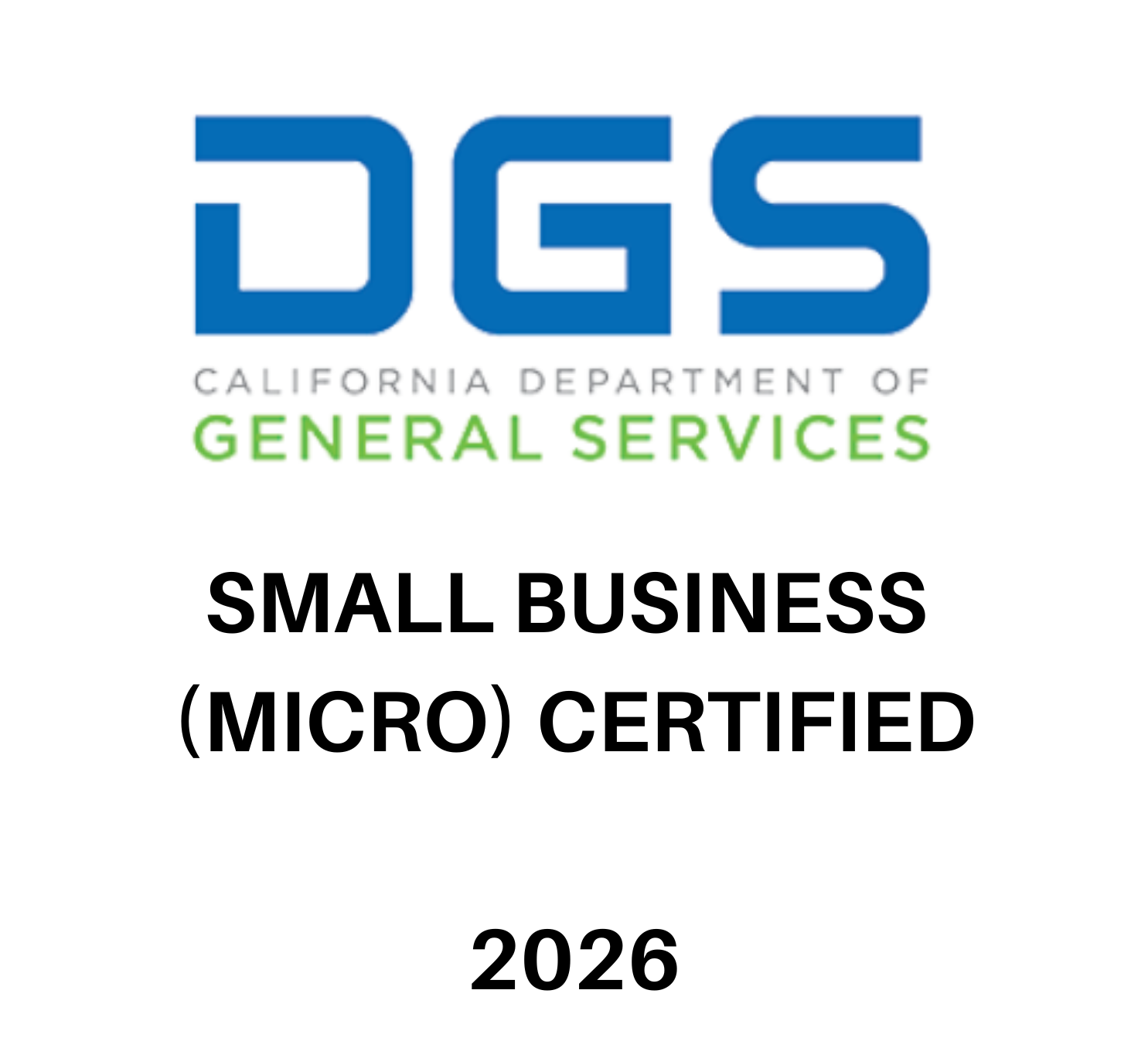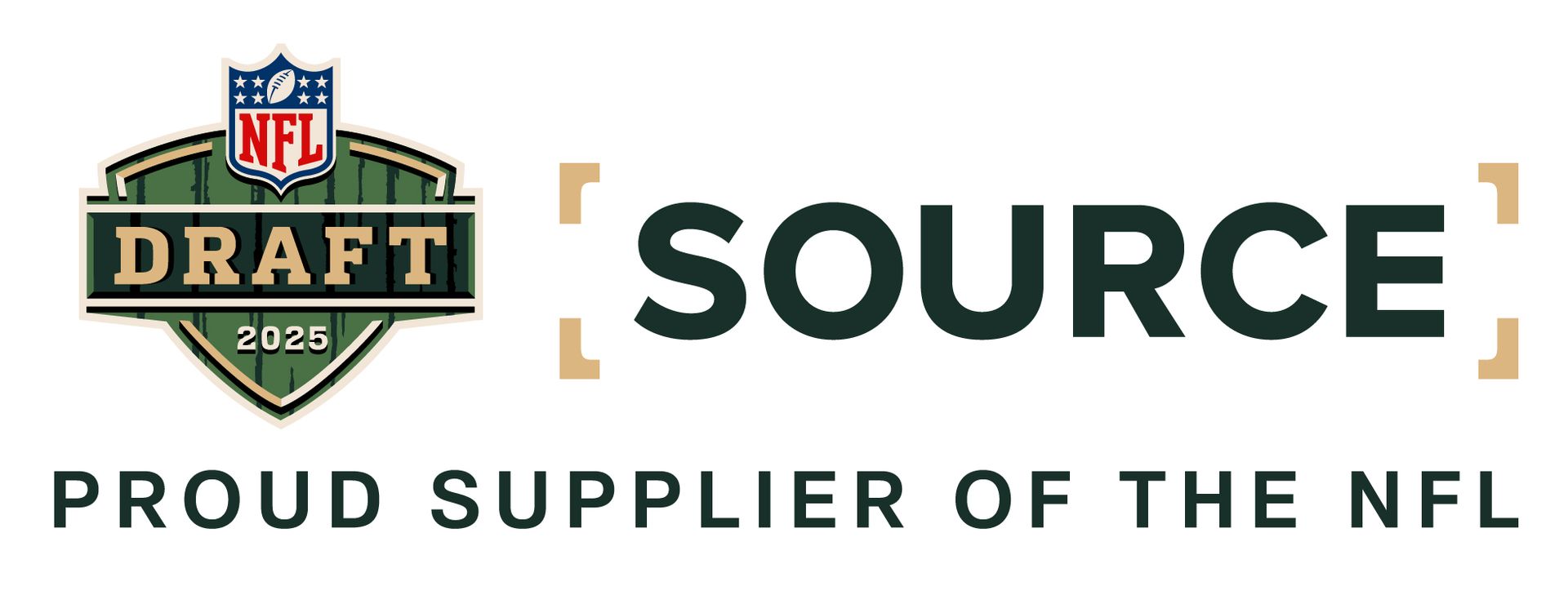Benefits of Using Video in Email Marketing
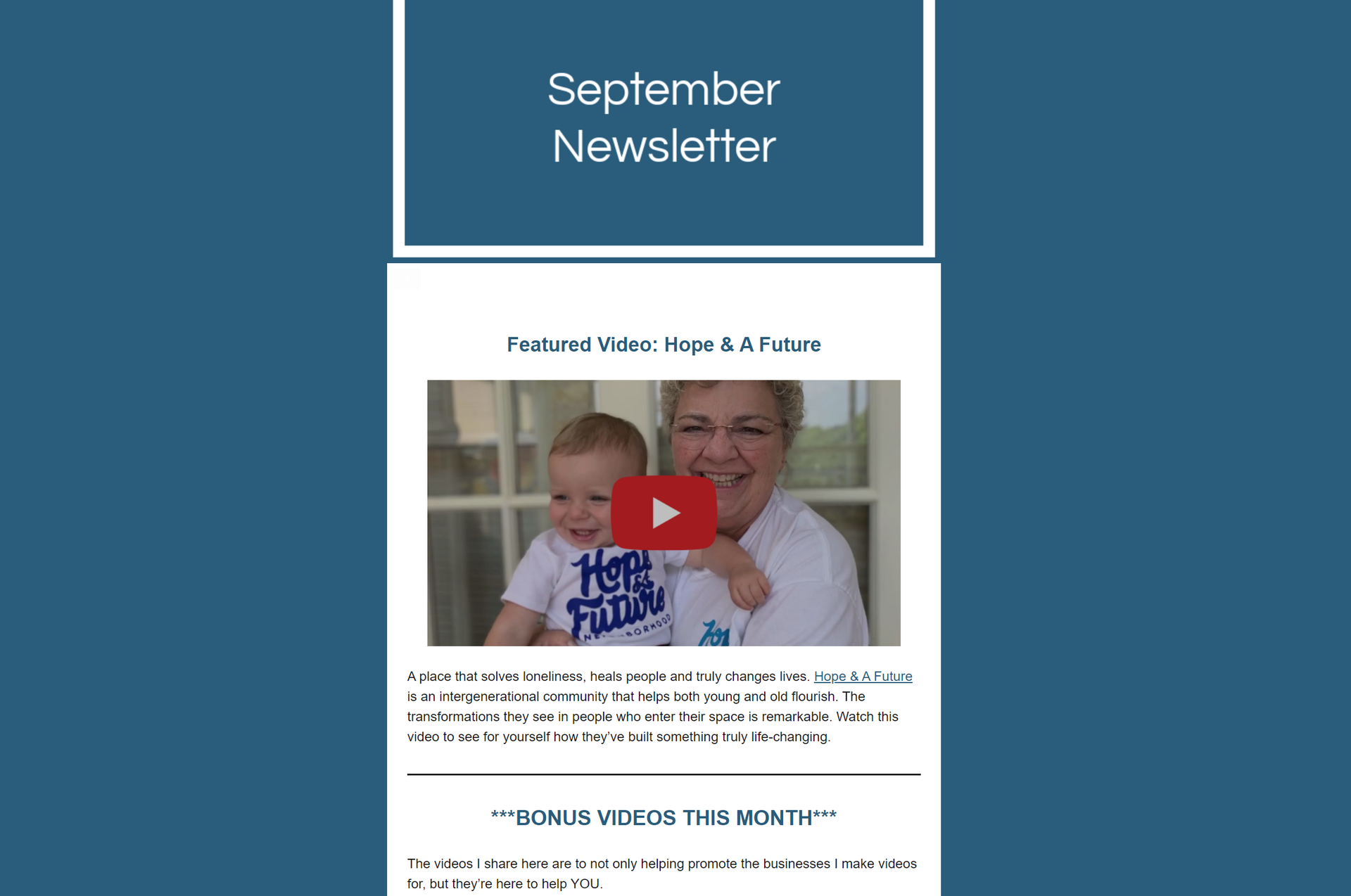
Video has become a valuable tool in email marketing. As more businesses start to utilize their own email lists to market and communicate with their audience, video is becoming a more important part of that equation. But are videos in emails effective? And what’s the best use of video in email marketing?
1. Enhanced Engagement:
Videos are inherently more engaging than text-based content. When a recipient opens an email and sees a video thumbnail or a play button, it piques their curiosity and encourages them to click. This initial engagement can significantly boost the click-through rate (CTR) of your emails.
2. Better Information Retention:
Videos allow you to convey complex information or tell a compelling story more effectively than text alone. Viewers are more likely to remember and understand your message when presented in a visual and auditory format. This can lead to higher retention rates and a better understanding of your product or service.
3. Improved Email Click-Through Rates (CTR):
One of the most significant advantages of including video in your emails is the potential for higher CTR. According to statistics, emails with video content can increase CTR by up to 300%. When done right, it can entice recipients to take the desired action, whether it's visiting your website, signing up for a webinar, donating or making a purchase.
4. Increased Conversion Rates:
Engaging videos can have a direct impact on conversion rates. When people are better informed and engaged with your content, they are more likely to convert into customers. Consider using videos for product demonstrations, customer testimonials, or explaining your value proposition to boost conversions.
5. Personalization and Trust:
Videos allow you to create a more personal connection with your audience. Seeing and hearing a real person in a video can establish trust and credibility. Personalized video messages addressing recipients by name can further enhance this connection and foster stronger customer relationships.
6. Mobile Optimization:
With the increasing use of smartphones, mobile optimization is crucial for email marketing. Videos in emails are now widely supported on mobile devices, ensuring that your content reaches your audience, regardless of the device they use. This accessibility can lead to better engagement among mobile users.
7. Measurable Results:
Video in email marketing allows for comprehensive tracking and analytics. You can monitor metrics like play rates, click-through rates, and the duration viewers spend watching your video. This data provides valuable insights into what works and what needs improvement in your email campaigns.
8. Social Sharing and Virality:
Compelling video content has the potential to go viral when shared on social media platforms. By including share buttons in your emails, you can encourage recipients to share your video with their networks, expanding your reach and brand awareness.
9. Competitive Edge:
Many businesses have yet to fully embrace video in their email marketing efforts. By being an early adopter, you can gain a competitive edge and stand out in the crowded inbox, leaving a lasting impression on your audience.
If you’re looking for some video in email marketing examples, head over to the homepage of this site and sign up for our monthly newsletters! Every month we feature a video project we’ve been working on AND include a video tip of the month. Both videos included in our email marketing have high click rates and have proven to help grow our business! You’ll see firsthand some of the benefits and maybe get some ideas of your own to implement!
